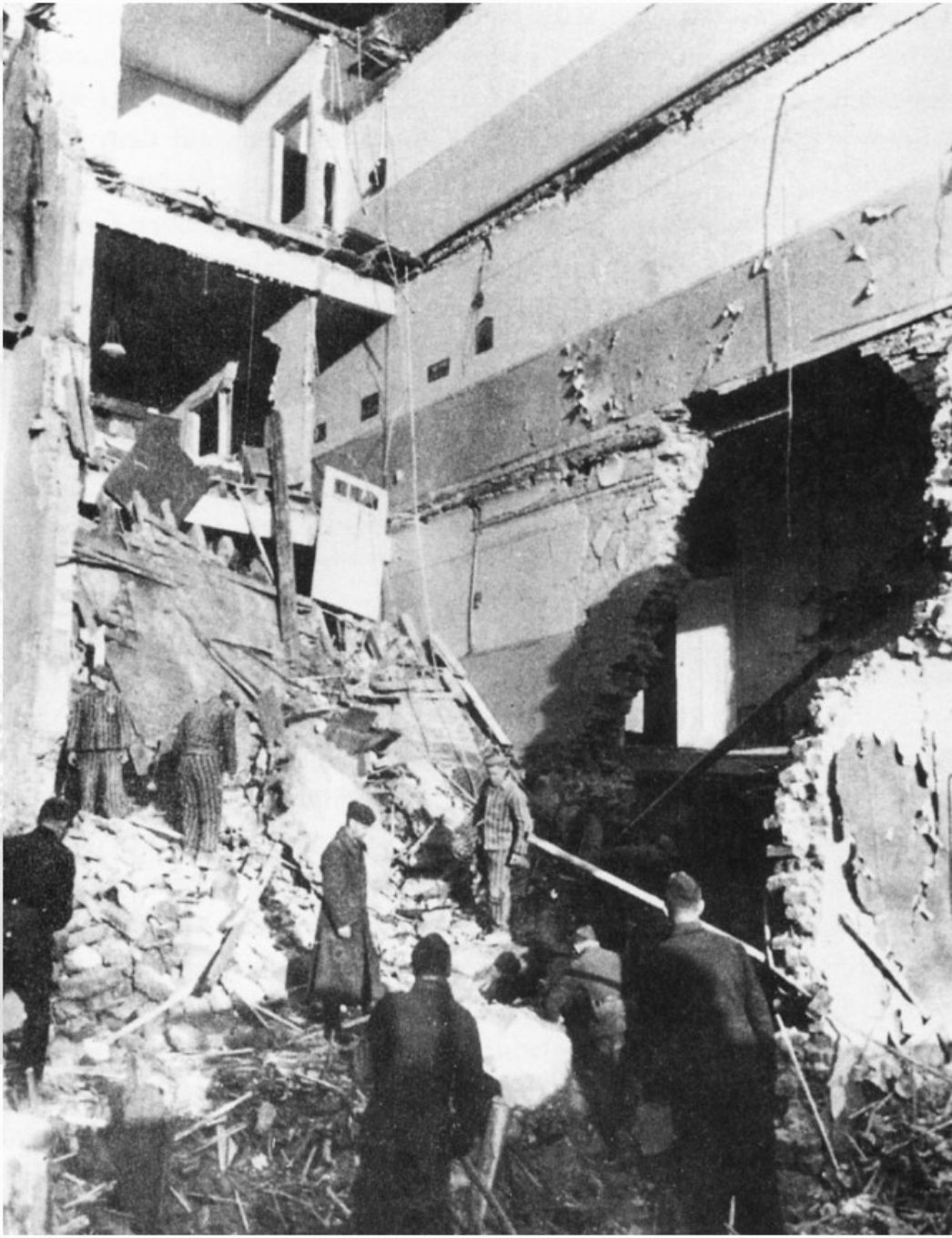
©NS Documentation Center Cologne
By mid 1944, more than half of the inmates of the Buchenwald Concentration Camp were located in subcamps. Companies, towns, and departments of the government and military exploited their labour. Before 1942, only a few subcamps had been established, but this number increased with the use of inmates for the weapons industry. The Buchenwald subcamps formed a dense network that extended from the Rhein and Ruhr in the west, to Brandenburg in the east. At one point, it even included Belgium and France. Buchenwald then also took over from Ravensbrück the administration of some 20 subcamps with over 28,000 female inmates. Buchenwald oversaw a total of 139 subcamps. The camp to which an inmate was sent often decided that individual's chances of survival. Conditions were often better in the armament factories than at construction sites like those in

